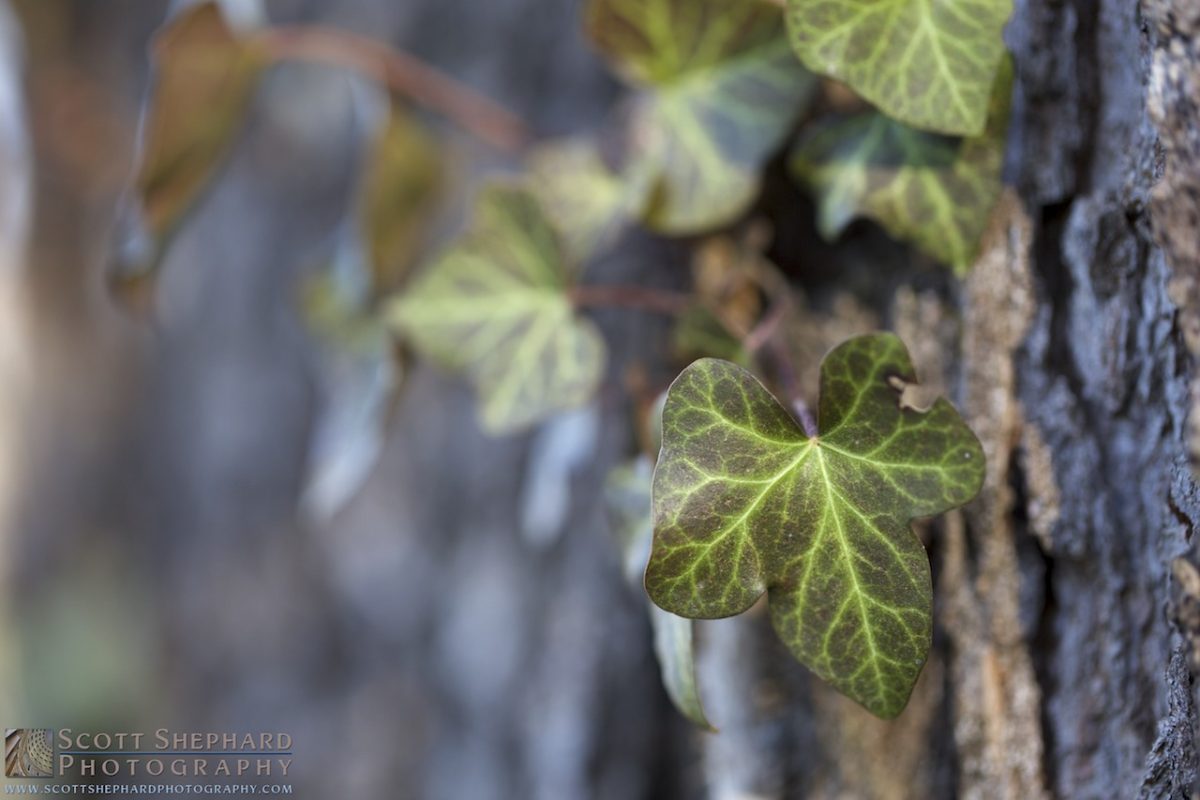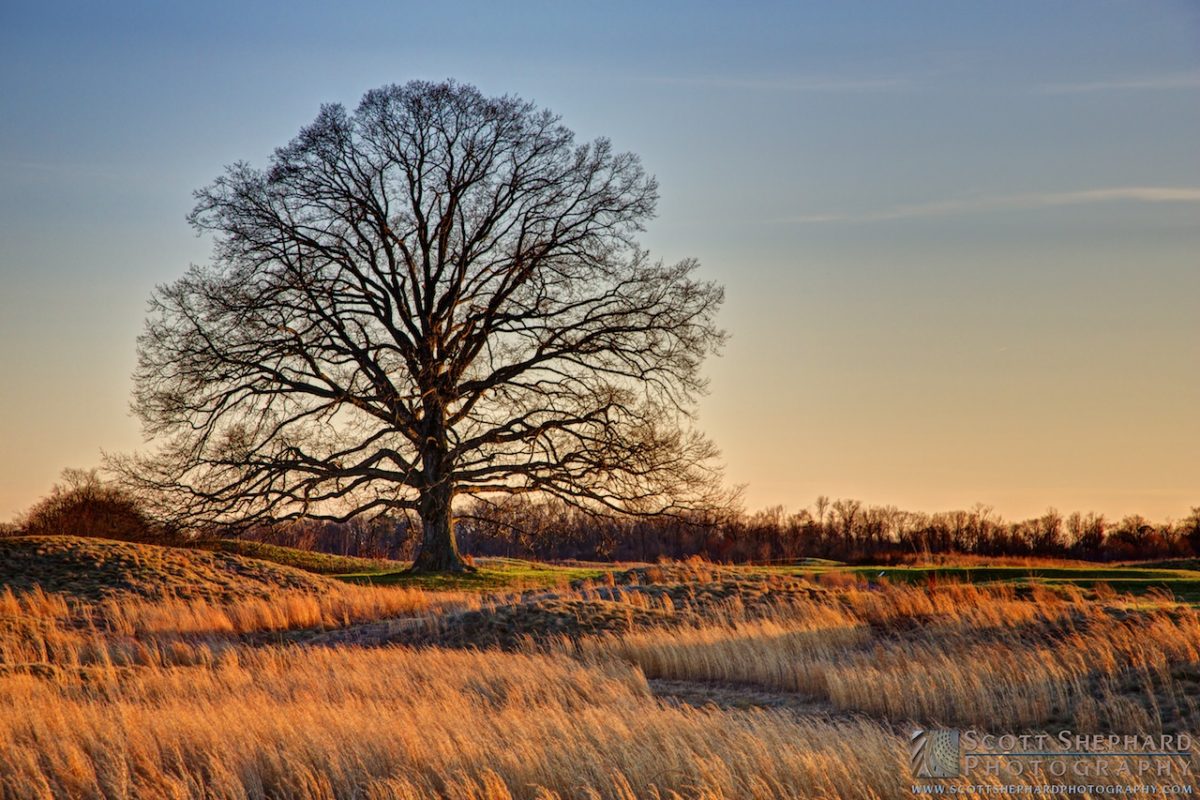
Ever since I learned about symbiotic relationships in sophomore biology decades ago, I have been struck by the larger meaning of the concept. I remember learning that parasites live “on” their hosts and sometimes harm or kill them. But organisms like this ivy plant live “with” their hosts and often enhance the lives of both host and guest.
The broader implications about human populations are important considerations. Do we live symbiotically with “mother Earth?” Or are we parasites? Do we live symbiotically with our fellow humans? Or are we parasites? And so on.
Sorry if all of this seems too philosophical today. You could just take this photo at face value: a single focused ivy leaf enjoying early morning sunlight on a beautiful April morning in the Maryland countryside.
Canon 5DIII 1/320s f/2.8 ISO250 100mm







